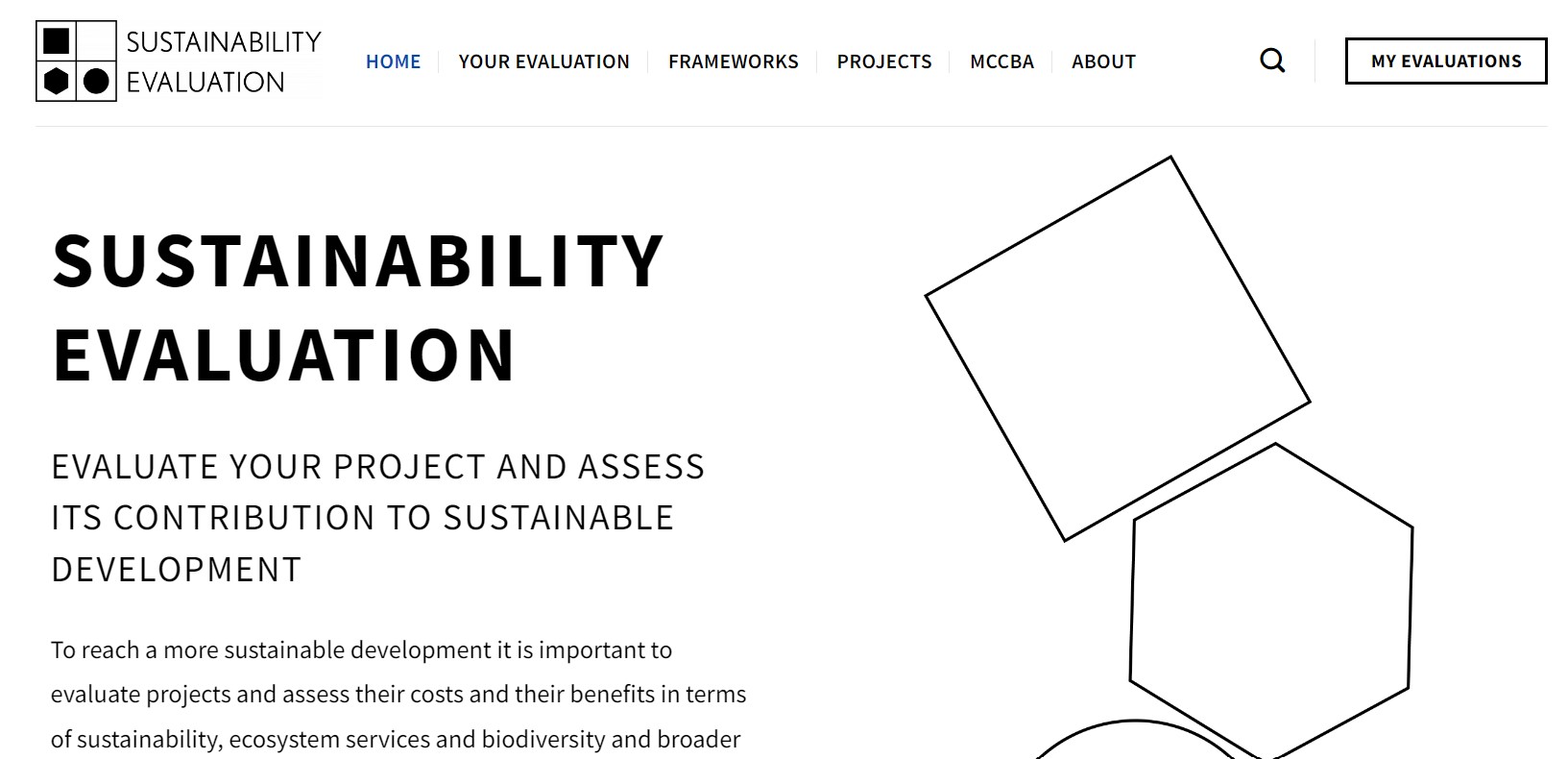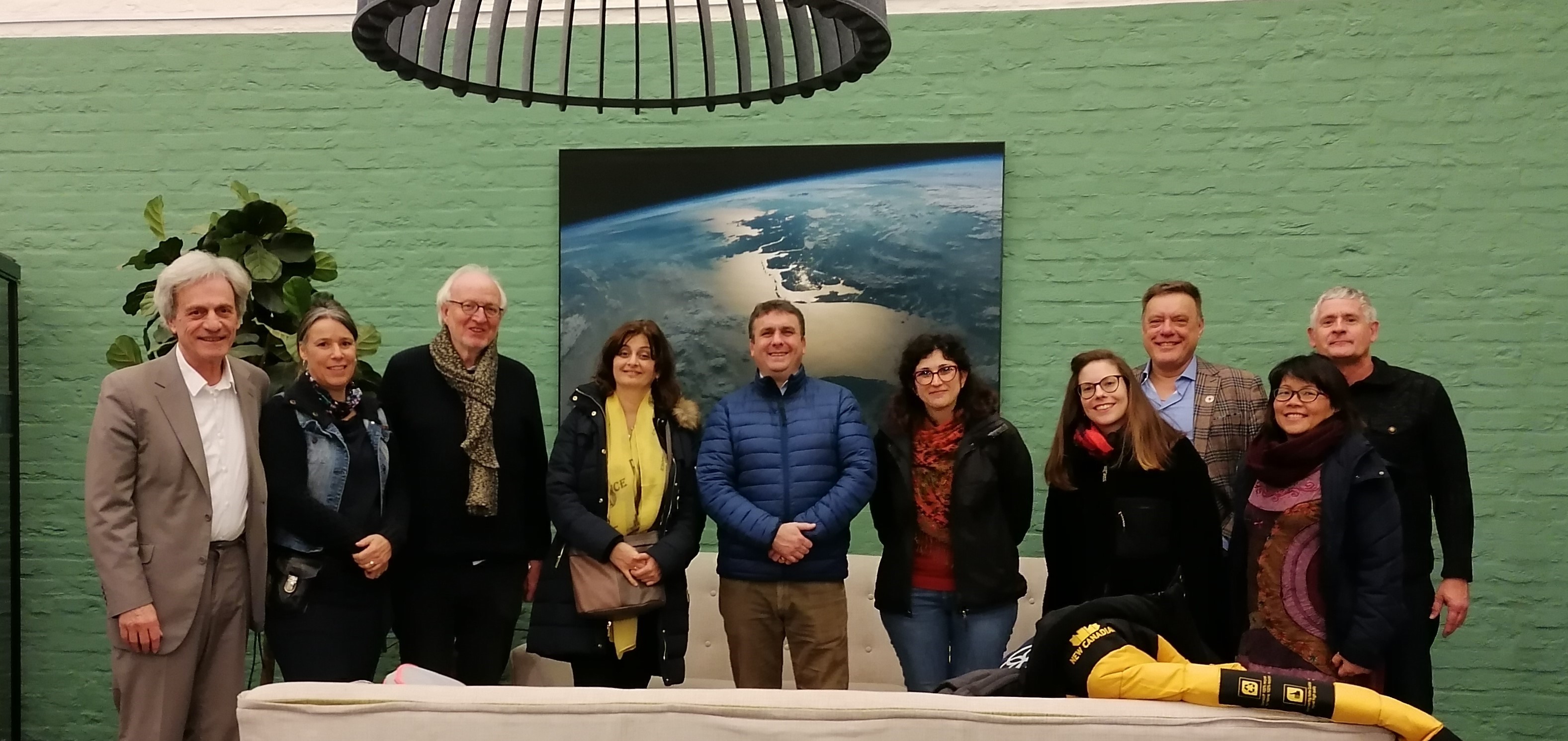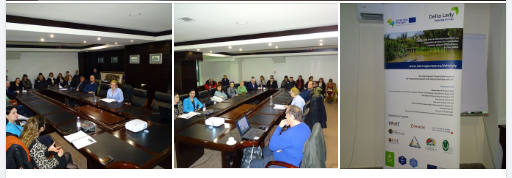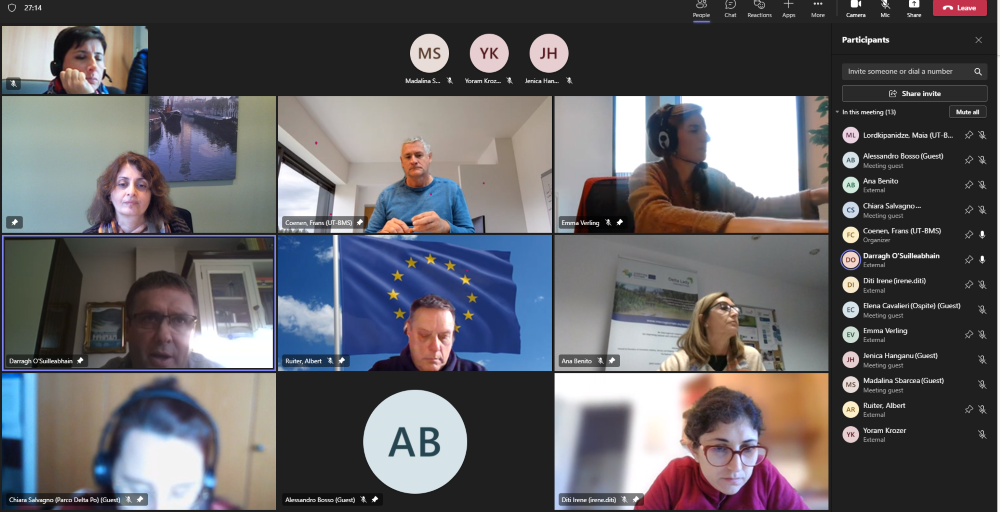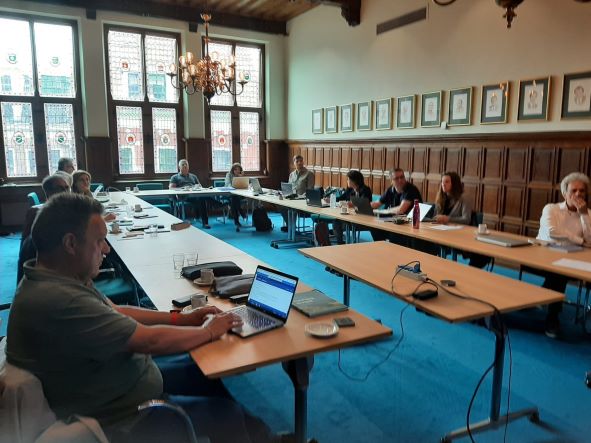On Friday, 24th of May, 2019, the Danube Delta National Institute for Research and Development organized the 2nd Regional Stakeholder Group meeting within the Delta Lady project. The event took place in Tulcea, the Delta Hotel, the Conference Hall C. Găvenea. The main objective of the meeting was to present and identify the importance of ecosystem services in the Danube Delta. Among the topics discussed were: the Management of Reed Resources in the Danube Delta Biosphere Reserve (DDBR), The concept of ecosystem services and their integration into the planning the regional development of DDBR, identifying stakeholders' perceptions of the importance of ecosystem services.

This working group of regional stakeholders brought together representatives of the Danube Delta Biosphere Reserve Administration, of the Danube Delta ITI ADI, scientific researchers of the Danube Delta National Institute and representatives the South East Regional Development Agency.
The project manager, Dr. Jenică Hanganu presented the objectives of the Delta Lady project as well as the management of the reed resources of the Danube Delta. Furthermore, Anca Crăciun introduced the concept of ecosystem services and how they can be integrated into the sustainable development planning of the Danube Delta.
The participants discussed the ecosystem services generated by the Danube Delta. They exchanged ideas and perceptions, which allowed deepening the understanding of the multitude of services provided by the Danube Delta. Through the debate, the participants came to realize both the benefits they did not know about and the plurality of social perceptions. The debate was also an essential way to substantiate a social consensus on the directions of capitalizing on wetlands.
Finally, participants were asked to fill in a form to help identify the importance of ecosystem services generated by the Danube Delta. This method does not imply a unity of evaluation criteria but only a recording of perceptions. Determining the importance of services by respondents is often intuitive. However, it was to be expected that after a large number of subjects the identification of the most important ecosystem services would be correctly performed.


